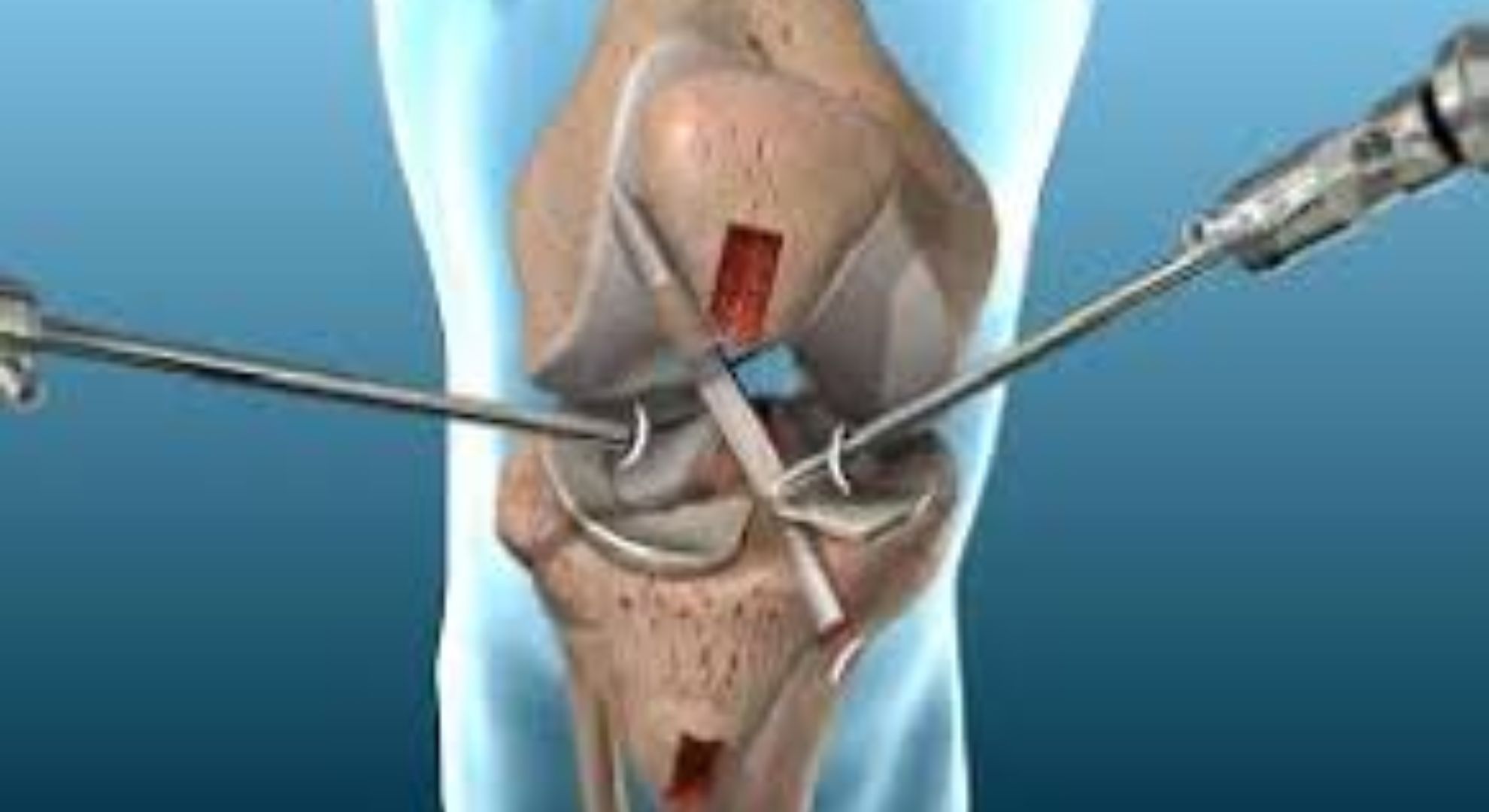Joint pain and mobility issues can greatly affect your daily life, limiting your ability to move comfortably or perform routine activities. While traditional open surgeries were once the only option for treating joint-related conditions, modern medicine now offers arthroscopy surgery—a minimally invasive solution that allows for quicker recovery, less pain, and fewer complications.
In recent years, arthroscopy surgery in India has become increasingly popular due to the country’s advanced medical facilities, experienced orthopedic surgeons, and affordable treatment options.
In this blog, we’ll explain what arthroscopy surgery is, how it’s performed, what recovery looks like, and why it may be the right choice for your joint problems.
What Is Arthroscopy Surgery?
Arthroscopy is a type of minimally invasive surgical procedure used to diagnose and treat problems inside a joint. The word “arthroscopy” comes from the Greek words arthro (joint) and skopein (to look). Essentially, it means “to look within the joint.”
During the procedure, a surgeon inserts a small instrument called an arthroscope (a tube with a camera and light) into the joint through a tiny incision. This allows the surgeon to view the inside of the joint on a monitor in real time. If any issues are detected, surgical tools can be inserted through additional small incisions to repair the joint.
Arthroscopy is commonly performed on joints such as:
- Knees
- Shoulders
- Elbows
- Wrists
- Ankles
- Hips
Arthroscopy Surgery in India
India has become a hub for advanced orthopedic treatments, including arthroscopy surgery. The country boasts a growing number of internationally accredited hospitals and orthopedic centers equipped with the latest arthroscopic technology.
Here’s why arthroscopy surgery in India is attracting both domestic and international patients:
- Affordability: The cost is significantly lower compared to Western countries. A knee arthroscopy, for example, may cost ₹40,000 to ₹1,50,000 depending on the hospital and complexity.
- Expertise: Many Indian orthopedic surgeons are trained internationally and have extensive experience in performing arthroscopic procedures.
- Minimal Waiting Time: Unlike many countries, India offers faster access to diagnostics and surgery.
- Comprehensive Care: Hospitals provide complete services including consultation, surgery, physiotherapy, and rehabilitation.
How the Procedure Is Done
Here’s what you can typically expect during an arthroscopy procedure:
1. Preparation
You may be advised to avoid food or drink for several hours before the surgery. Pre-operative tests like blood work or imaging may also be required.
2. Anesthesia
Depending on the joint and extent of the procedure, local, regional, or general anesthesia is administered.
3. Incision and Arthroscope Insertion
The surgeon makes one or more small incisions (about the size of a buttonhole) near the joint. The arthroscope is inserted through one of these incisions, allowing the surgeon to inspect the joint.
4. Surgical Repair
If needed, tiny surgical instruments are inserted through other incisions to repair damaged tissues, remove loose cartilage, or treat inflammation.
5. Closure
The incisions are closed with stitches or small adhesive strips and covered with a sterile bandage.
The entire procedure usually takes between 30 minutes to 2 hours, depending on the complexity.
Recovery After Arthroscopy Surgery
Recovery is generally quicker and less painful compared to traditional open surgery. Most patients can go home the same day.
Here’s what to expect post-surgery:
- Initial Recovery: You may experience swelling, discomfort, or mild pain. Ice packs and pain relievers are usually sufficient.
- Mobility: You’ll be encouraged to move the joint gently and may start physical therapy within a few days.
- Back to Normal: Many people return to work and light activities within 1–2 weeks, but full recovery can take 4–6 weeks depending on the joint and procedure performed.
Following your doctor’s instructions for rest, exercise, and physiotherapy is key to a smooth and speedy recovery.
Benefits of Arthroscopy Surgery
Arthroscopy offers several advantages over traditional joint surgery, including:
- Smaller incisions and minimal scarring
- Faster recovery time
- Less pain and swelling
- Lower risk of infection
- Day-care procedure in most cases
- Accurate diagnosis and real-time treatment
These benefits make arthroscopy an ideal option for athletes, active individuals, and anyone seeking a less invasive approach to joint care.
Conclusion
Arthroscopy surgery is a modern, minimally invasive solution for diagnosing and treating a wide range of joint problems. Whether you’re dealing with a torn ligament, damaged cartilage, or chronic joint pain, this procedure can help restore function and relieve discomfort.
With the rise of high-quality healthcare facilities and skilled orthopedic surgeons, arthroscopy surgery in India offers an effective, affordable, and accessible treatment path for patients from all walks of life.
If you’re experiencing persistent joint pain, consult an orthopedic specialist to see if arthroscopy is the right option for you—and take the first step toward a pain-free, active life.
To read more free articles ( Click Here)
